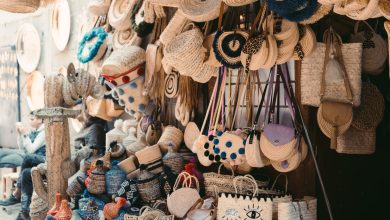Trekking to Everest region

Nepal is a country with abundant natural resources. As a result, the Everest Region is one of Nepal’s most popular trekking locations, with the stunning vistas of these Everest regions serving as one of the country’s main attractions.
Many travellers’ bucket lists include a trip to the Everest region and with good cause. The there-and-back path leads hikers to the base of Mount Everest (also known as Sagamartha in Nepali and Chomolungma in Tibetan), the world’s tallest peak.
Each route offers spectacular views, so the path you select is primarily determined by your time constraints, budget, and desire for adventure.
Are you planning a trip to the Everest region?
Travelling to the Everest region, you can experience many things. Tourists may learn about the region’s distinct culture by visiting monasteries, meeting with local guides and teahouse owners, and appreciating Buddhist stupas and mani stones along the road. You’ll pass by colourful prayer flags and cross steep canyons on metal bridges. Walking for the pure pleasure – and determination – of it fills my days.
There are also other compelling reasons to travel to the Everest area: Surround yourself with the world’s most famous mountains. Try exploring the Sherpa culture, communities, and climbing culture, as well as the world-class treks available. Since there are so many amazing views in the Everest region, no list of perspectives will ever be exhaustive, but here is a list of some of our favourites.
- A Week at the Base of Everest:
If you’re short on time but want to see Mt. Everest, many short treks in the Everest region will give you a good idea of what trekking in the Everest region is like.
You can go from Lukla to Namche Bazaar, then divide into smaller settlements like Tengboche, Thame, or Dingboche before returning to Lukla.
- Everest Base Camp Trek :
The climb to Everest Base Camp is one of the most spectacular and scenic in the Himalayas. The environment is varied and magnificent, the accommodations and tracks are of exceptional quality, and the interactions with the Sherpa people are unforgettable.
If you visit in the spring (March-May), the glacier will be bustling with hundreds of expedition camps. Although everyone’s objective is to reach Everest Base Camp, the true rewards are the towns and vistas along the route.
- Gokyo Lakes Trek :
The Gokyo Lakes’ dazzling, pure blue and green waters are one of Nepal’s most unforgettable views. At about 5,000 meters, they form the world’s highest freshwater lake. The Gokyo Lakes trip is perfect for those interested in trekking in the Everest area.
If you have the time, a trip to these breathtaking high-altitude turquoise lakes is definitely worth the trip and will leave you with lasting memories. Spring ( in March-May) and autumn ( in September-November)are the ideal times to go. The weather is pleasingly clear throughout these months, with daytime temperatures pleasant enough to make the voyage more enjoyable.
- Three Passes Trek:
The Three Passes Trek is the crown jewel of Everest adventure. This route incorporates all of the attractions of the Everest area, both in terms of mountain vistas and local Sherpa culture, into one tour. Keep in mind that this is one of Nepal’s most challenging teahouse hikes.
You’ll be passing three crossings, all over 5000m: Kongma La, Cho La, and Renjo La. Be prepared for some challenging trekking and high-altitude mountain passes and preserve all of your memories from this journey that you will remember for the rest of your life.
Travelling to the Everest Region
You can fly from Kathmandu to Lukla (45 minutes), from where you may begin your trek to Namche Bazaar (usually done in two days). Then, start your journey at Jiri or Salleri, a four-day tour south of Lukla, if you wish to explore rural life and enjoy every second of your trip.
From Kathmandu, you’ll need to take public or private road transportation to Salleri. However, starting your trip from Salleri or Jiri is an excellent alternative if you have the time.




